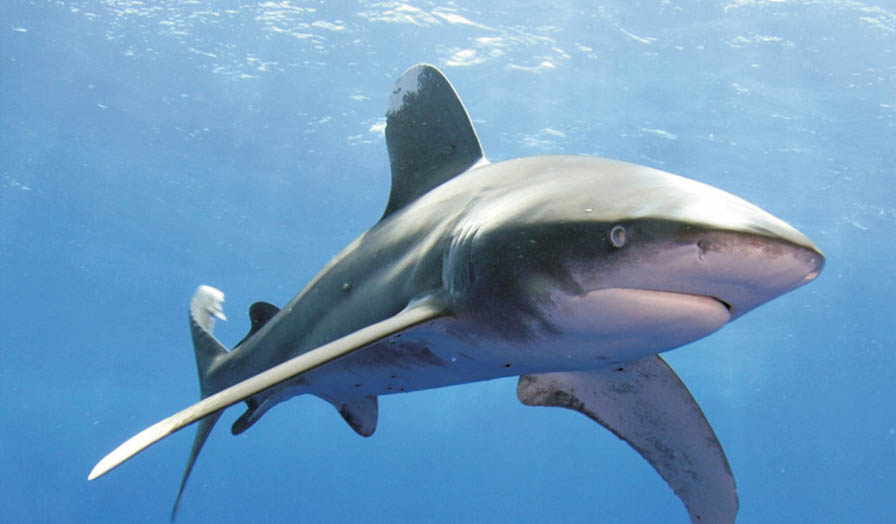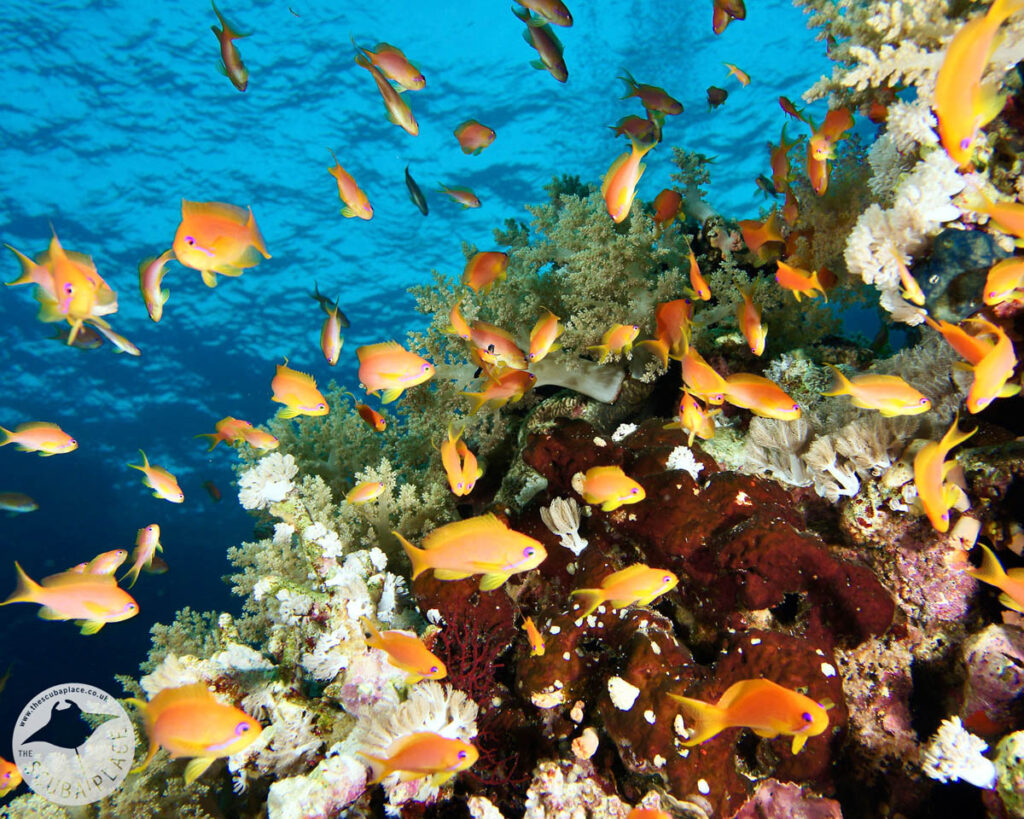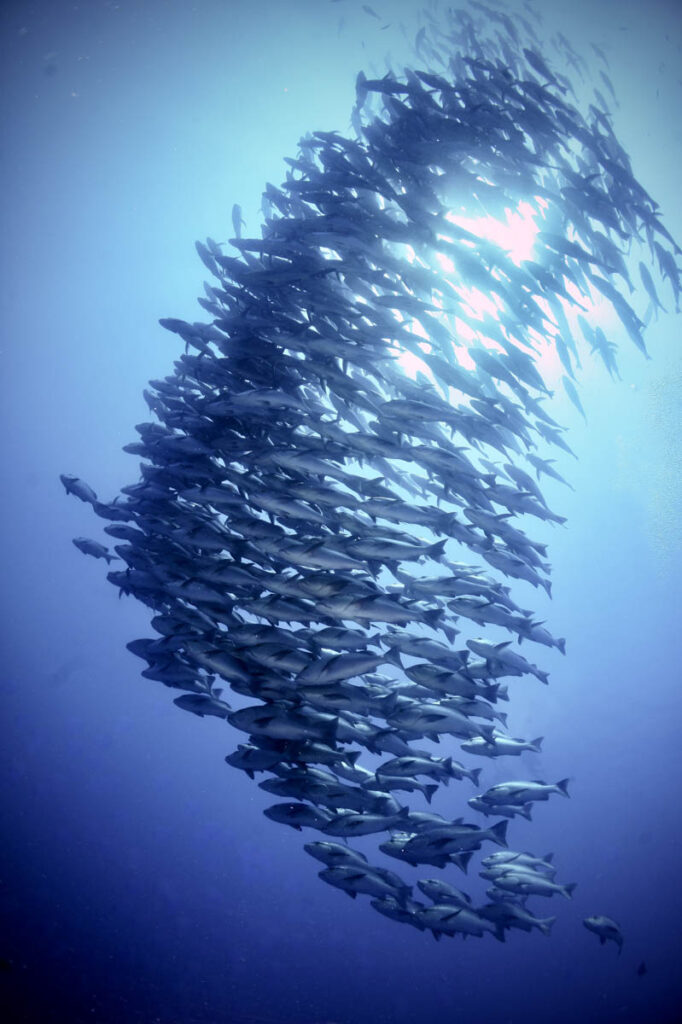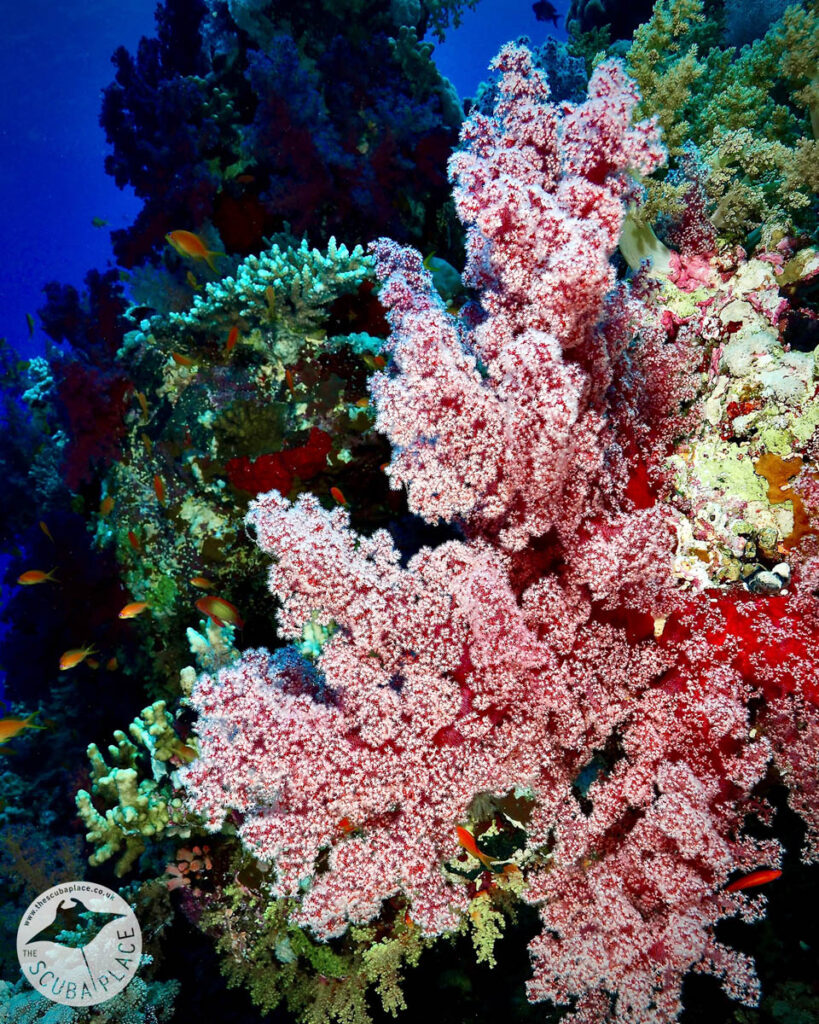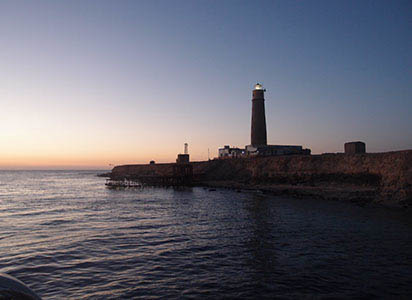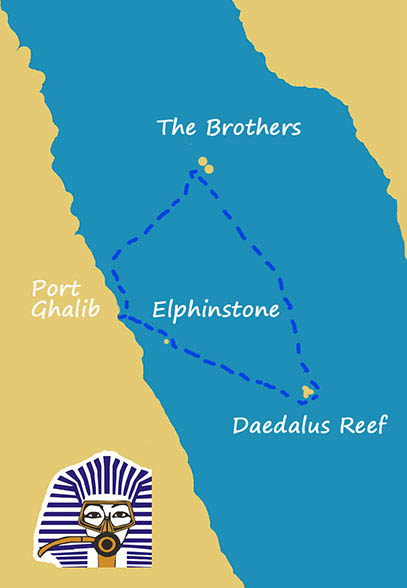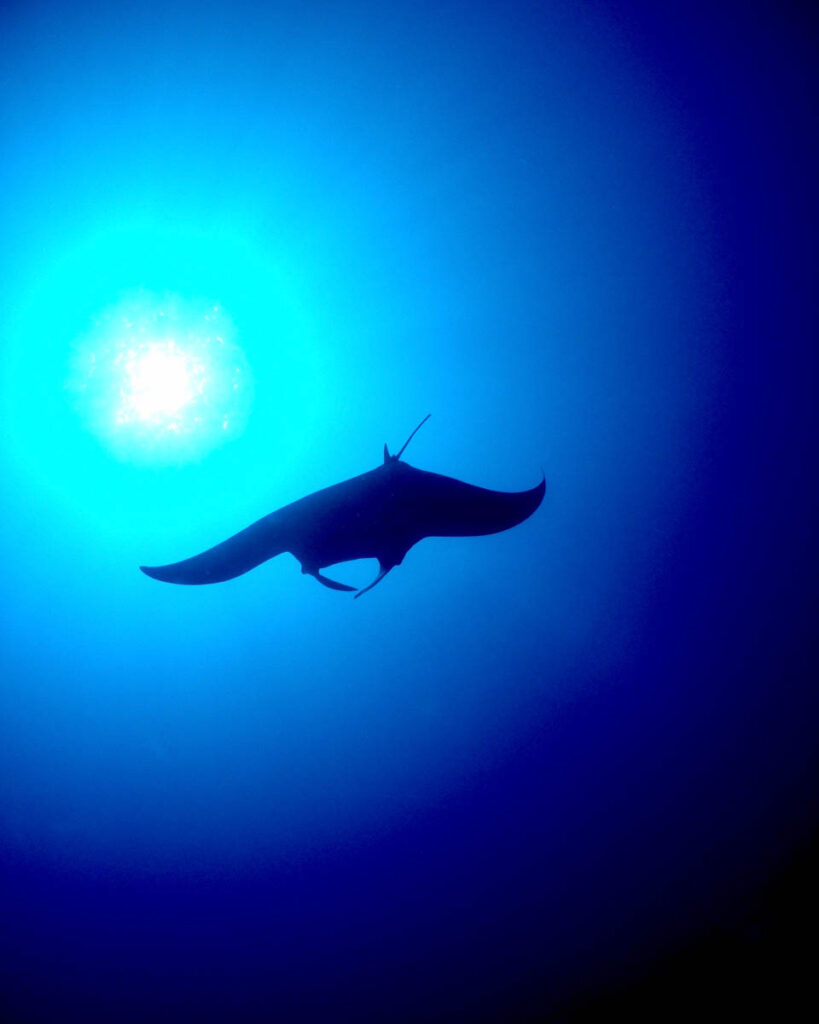The Scuba Place talks about why the Deep South itinerary on Big Blue is their favourite Red Sea Safari…. Do you agree?
RED SEA WALL TO WALL, BDE or SIMPLY THE BEST? Whatever name you know this itinerary by, we can attest they all make perfect sense.
If you don’t know what I am talking about, then here is a guide to what I consider to be the very best liveaboard reef itinerary there is in the Red Sea. And I say reef deliberately so as not to confuse those who like all things rusty underwater – this is all about pretty things and fish, not hunks of metal! Although… there is a little bit of that too!
Some operators refer to this trip as “Simply the Best’, and I totally get that. Some call it simply Brothers, Daedalus and Elphinstone, and I can’t argue with that either. Some call it Red Sea – Wall to Wall, and that makes perfect sense too.
What is safe to say is, whatever you or they call it, this itinerary totally rocks!
There aren’t many divers across the globe who don’t know how good the Red Sea is, and we here in the UK are spoilt rotten by the fact that it is a mere 5 and a bit hours away. The resorts of Dahab, Sharm El Sheikh, Hurghada and Marsa Alam all offer really really good day boat diving, and the safaris are world class. The very best sites to dive are the offshore reefs where currents keep the corals super clean and healthy, and where the bigger animals come to feed and get cleaned – and the stars of these offshore reefs have to be The Brothers, Daedalus and Elphinstone.
Elphinstone is the only reef that is reachable by day boat – there are super-fast RIBS from Marsa Abu Dabbab that will make this trip, and day boats from Port Ghalib also make this trip, a journey that takes approximately 2 hours. But if more big reef diving is your preference, then the only way to do this is on a liveaboard safari.
Elphinstone itself is pretty spectacular. Sha’ab Abu Hamra, its proper name, is a reef that sits just below the surface some 6 and a half miles out to sea from Abu Dabbab. Bizarrely, for such a spectacular dive, the reef is a mere 300m long and some 20m wide at the surface. Running North to South, with steps down to 42 and 40m at either end, the reef ‘grows’ as you descend. Below the lowest steps, the reef drops into the abyss – and allegedly, no one knows how deep the drop-off actually goes!
It is, however, the depth of this reef that makes it so healthy and populated – the up currents bring food from the depths, making the reef at Elphinstone a super-sized dining table if you like! The corals are spectacular – big as can be, the brightest of bright and variety of colours, and marine life swarms the reef. The schools of anthias here are second to none, and bannerfish, parrot fish, damsels and surgeon fish add to the party. Sponges and beautiful soft corals fill your view as you look at the reef.
It is also super important to keep an eye on the blue too – barracuda, tuna and trevally sweep by constantly. Turtles and Napoleon wrasse are also often found here, and both mantas and whalesharks come by, but it is the sharks that really are the draw here. White tip and grey reef sharks are commonly seen, but the highlights here have to be the Longimanus – Oceanic Whitetip – and the hammerhead sharks.
Our trip in May 2023 also delivered not one but two Thresher sharks on this dive site! We managed three drift dives – the expert zodiac crew dropping us off at the Northern point and meeting us at the Southern tip at the end of the dive on two of the three dives, letting us use the current to drift along at some speed and pop up an SMB at the end of the dive. Our third dive, the current had dropped to almost nothing, so we dropped down to the plateau at the southern end of the reef and hung around with a huge barracuda and a couple of Napoleon wrasse.
A good safari boat will give you a full day of diving here at Elphinstone, but it will be for one day at the beginning of the trip in all likelihood – there are no anchoring points here for overnight stays. An additional day might be available at the end of the trip if you are super unfortunate and the weather disrupts the other sites, but that isn’t that unlucky in my book!
Next comes the dives at The Brothers. Big Brother and Little Brother sit approximately 35 miles off the mainland coast of Egypt – far enough to make them reachable only by safari boat. That is great news for divers on a liveaboard – no day boats! However, there can be lots of safari boats, but a good Captain and Dive Manager will work with the other boats to make sure there are as few divers as possible in the water at any time.
The local name for the Brothers is El Akhawein, and these two islands are reputed to be the very best dive destination in the Red Sea. They sit in a protected marine reserve, and like Elphinstone, there are no moorings here, so no night dives or overnight stays. Both islands are uninhabited, although there is an operation lighthouse on Big Brother.
There are also two wrecks on Big Brother – the Aida which sits between 15 and 45 metres on the Western side of the island, and the Numidia, sitting between 10 and 85 metres deep on the Northern side. Both are excellent wrecks and have been down long enough to be overgrown with corals and inhabited by marine life.
The Numidia wreckage breaks up the reef nicely and we found numerous huge, bearded scorpion fish and a handful of nudibranchs sitting on its superstructure, pipefish and again, large Napoleon wrasse, but seeing another thresher shark, closely followed by a large manta ray was the highlight for me.
We crammed in four dives here – one on Little Brother and three on the big sibling. They were all totally amazing – this has to be my very favourite spot in the Red Sea. Straight to the point – manta ray, thresher shark, grey reef shark, turtles, hordes of schooling fish and the most stunning soft corals ever. Loved it, loved it, loved it!
It was then on to Daedalus Reef. I have tried to get here on several occasions in the past but got beaten by the weather and other circumstances but this time, with now flat calm seas, I knew we were going to get there! A long overnight sail against the wind had us arrive at about 0500 and then it was down to some serious deep sleep before waking for a day of diving.
Daedalus Reef, also known as Abu Kizan, is a pinnacle with a man-made island and lighthouse sitting atop. It can be found c.50 miles out to sea, due east of Marsa Alam and slap bang in between Egypt and Saudi Arabia. Accessible only by liveaboard, this is a super-remote place and a protected marine park. This, combined with the flowing currents, make it incredibly populated and super-healthy.
Diving on the east side in the morning and the west side in the afternoon gives the very best light, and whilst we try to do this, all diving here is decided by the currents. The good news is, although no night dives are permitted, overnight stays are, and this means another day of diving is available! This was a no-brainer for us, the diving here is phenomenal!
As well as the now common abundance of incredible corals and reef inhabitants that we experienced on this trip, Daedalus is probably the best place in the Red Sea to see hammerhead sharks in big numbers, for they seem to school here. On this trip, we didn’t get to see schooling hammerheads, but we did get several individuals on each dive. We also saw another manta, plenty of trevally, a school of barracuda, a turtle or two and some of the healthiest corals ever. Other divers allegedly saw a whaleshark, but not us!
On top of that, the surface intervals here give you an opportunity to leave the safari boat and go on to the island, climb up the lighthouse where the views are amazing, and even buy a t-shirt from the ‘shop’ on the island.
I have dived the Red Sea for more than 15 years now, going at least twice a year, and that is a lot of diving. I love the amazing wrecks to the North, Rasmo and Tiran too, but honestly, for me, there is nothing like hitting these huge offshore reefs and experiencing their amazing offerings.
Thresher sharks? Mantas? Oceanic white tips? Hammerheads? Yes – and so much more -all in some of the healthiest and most beautiful coral environments there are.
Want to be blown away? Do this trip. Simply the Best works for me!
Our vessel for the week was the British-owned and operated Big Blue. At 42m, she is one of the larger boats in the fleet and sleeps up to 22 people so there’s a lot of space on board. Smaller boats take more people, but we like space! We had twinset and side mount divers with us, and no one was cramped on the dive deck. The food is great and there is plenty of it, the crew are highly professional and fun, the air-conditioning works and the cabins are plenty big enough. Beers are cheap, which helps, and mixers are free of charge should you bring some gin on board.
Big Blue does not mandate the number of dives you need to book a trip or set a minimum qualification other than Open Water (or equivalent), but what they do insist upon is that you both have a reel and SMB, and that you can use it properly. The check dive will involve everyone sending up an SMB, just to ensure a level of competence.
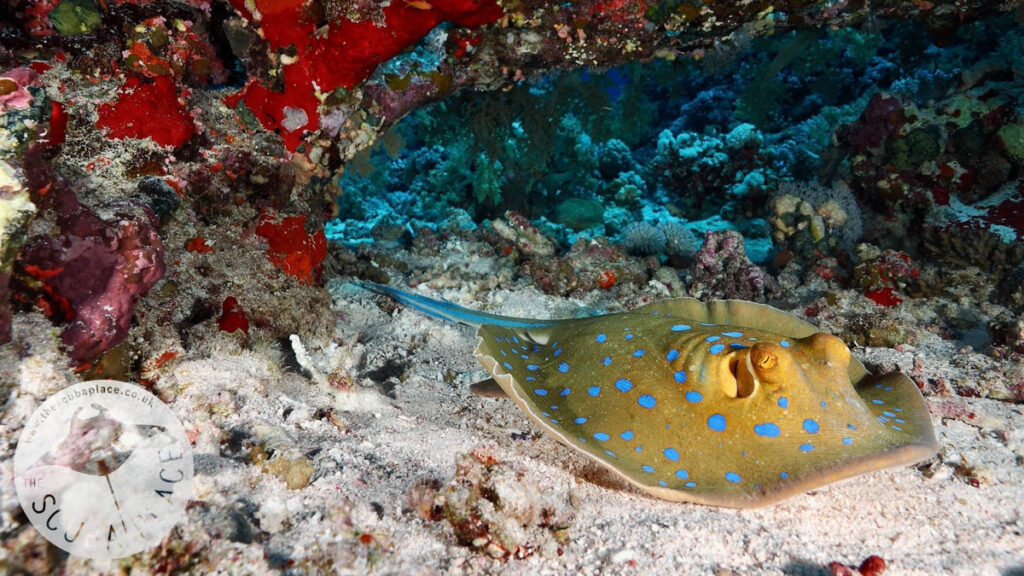
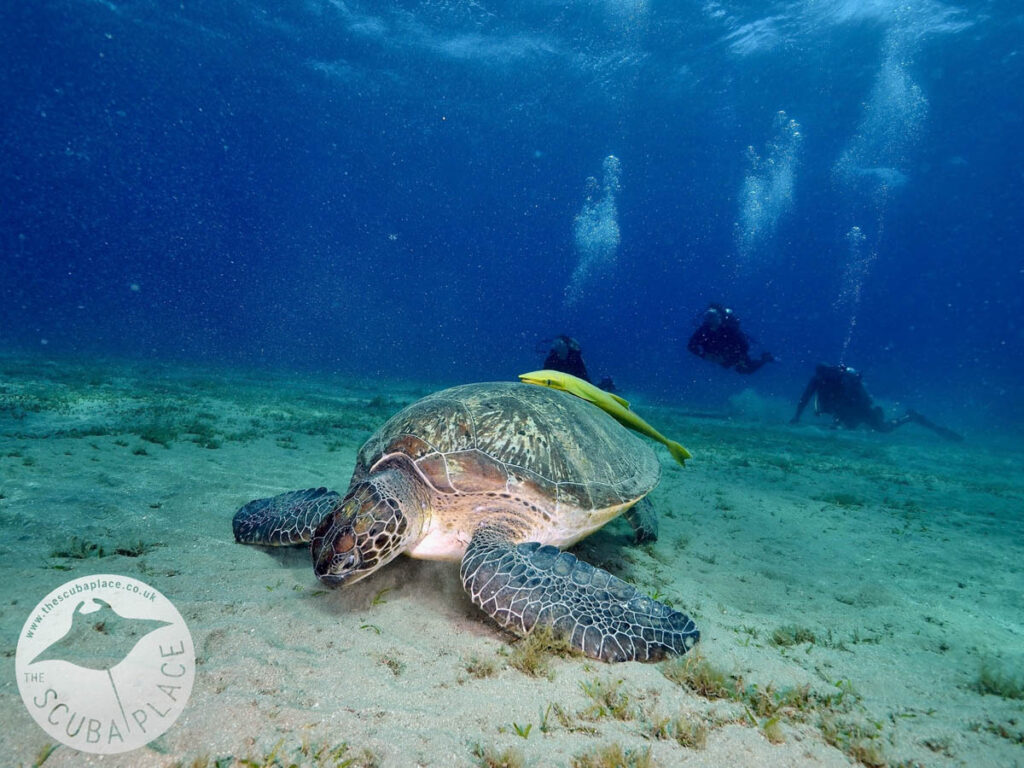
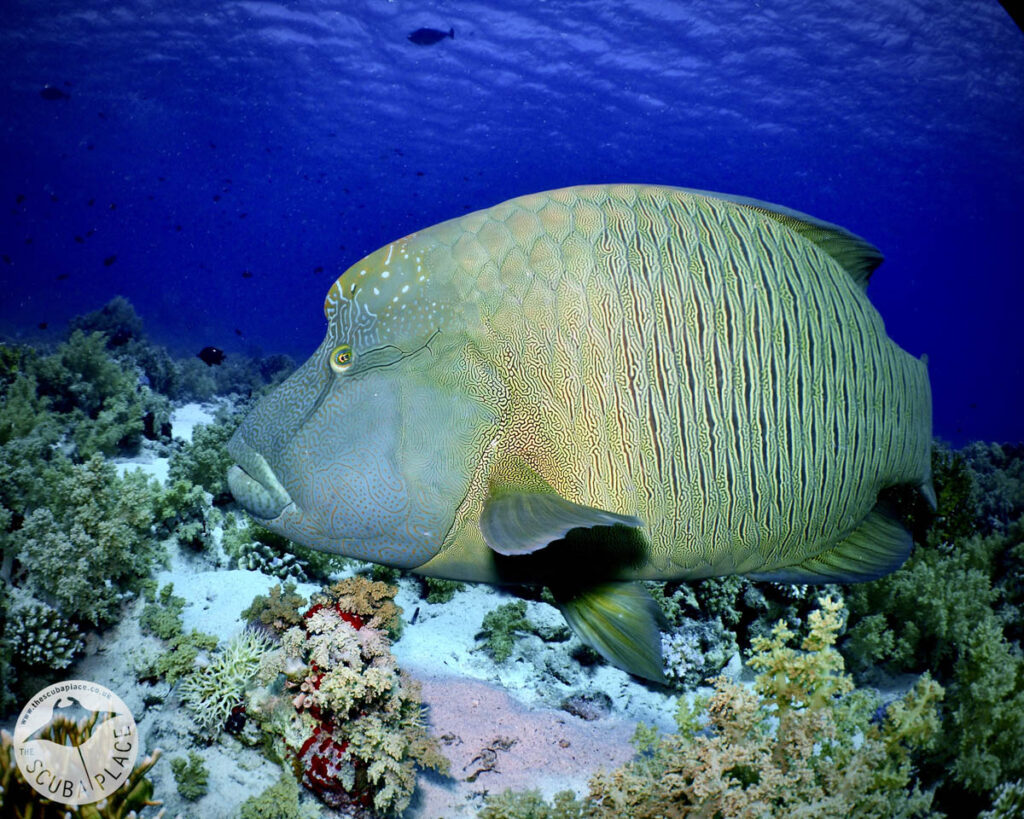
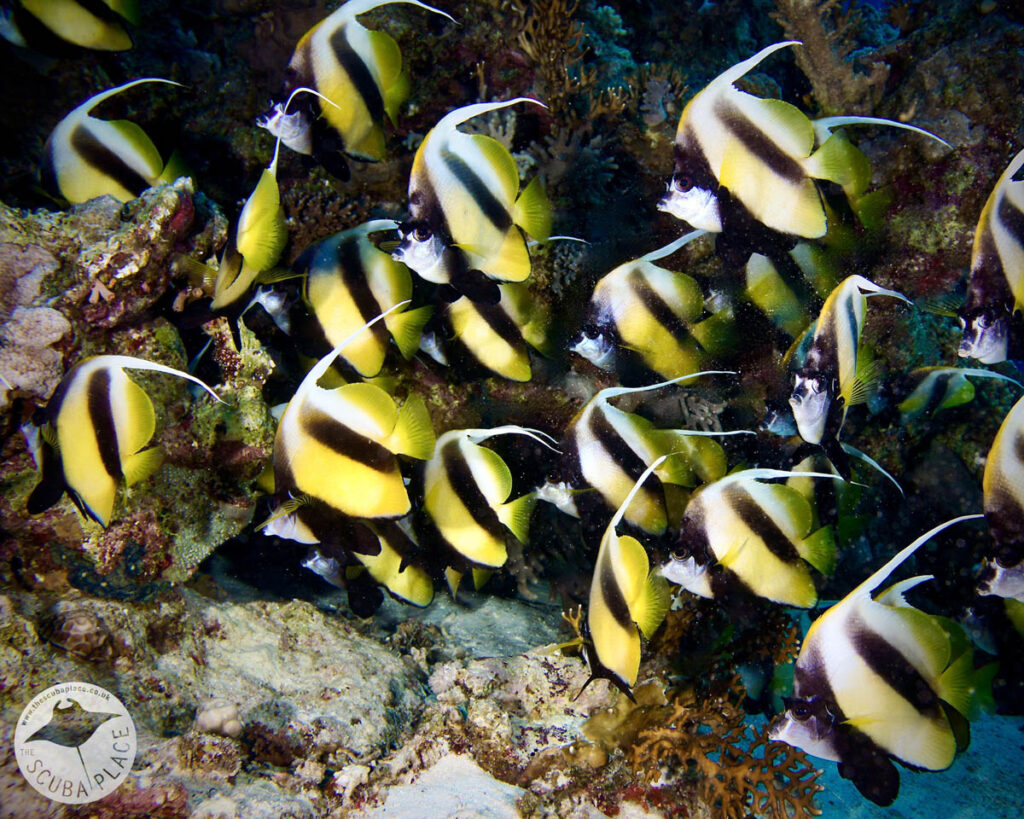
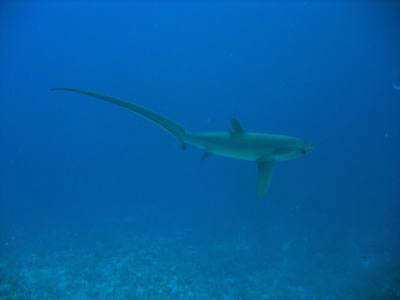
Key Facts:
- Getting there : Easy Jet flies from Gatwick, Bristol and Manchester direct to Hurghada in just 5 hours. We were greeted by staff airside with our visa which is a great service! Saved us from queueing to purchase our visa. Once we had baggage in hand we loaded up for a quick 15 minutes to the marina.
- Air temperature : Varies from a low of 21°C in December January to 32°C in July August.
- Water temperature : 24-28°C. A 3-5mm full suit will suit most in the summer months.
- Visa requirement : for £30 we had a VIP visa service offered by Big Blue. We were met airside with our visa and avoided standing in the queue to purchase.
- Health protocols : You do not need to show a COVID vaccination certificate or negative COVID test to enter Egypt. Health officials may screen you for COVID symptoms on arrival. They may also randomly select travellers for rapid antigen testing.
- Currency : Egyptian pounds, Euros, British pounds are all accepted on board Big Blue.
- Electricity : 220V with 2 prong sockets. An extension lead is always a good idea.
- Internet and Wi-Fi : There is limited signal when out to sea. We did take along a dongle and purchased a sim card at the airport for £10 for 20G of data.
Price Guide: Expect from £1650 per person with EasyJet flights based on two sharing a standard cabin for 7-night safari with NITROX included. Marine park and Port fees are also included but the Environmental tax of €70 will be collected on board. Bar bill and tips are extra.
Our Advice: If you haven’t been on Big Blue give it a try. It’s spacious and super comfortable and they have a relaxed attitude with an emphasis on diver safety. Half and full charters are available as well as individual spaces. We’d be happy to help your dive club charter a week!
Packing tips:
- Reef friendly sunscreen : The sun can be fierce on the water so come prepared!
- Reading material : Bring your Kindle loaded with a few books – remember wifi signal can be sketchy… or a few paperbacks… there’s a shelf in the salon for book sharing if you want to leave them behind.
And most importantly….
- SMB and reel : and please make sure you know how to use it.



